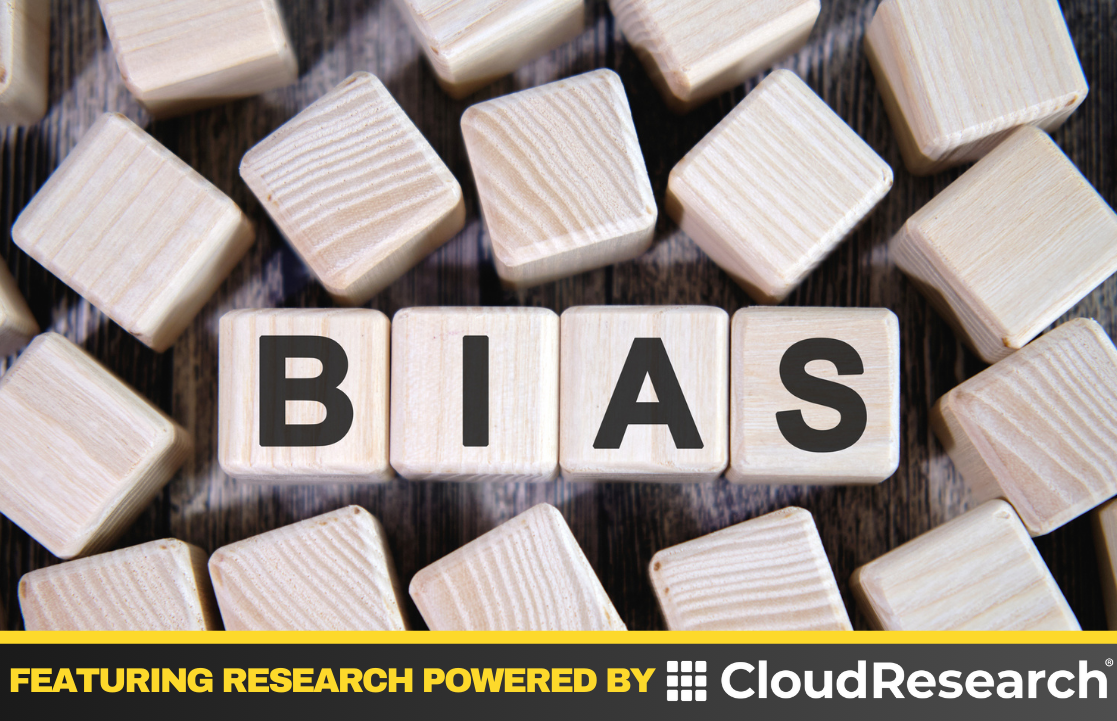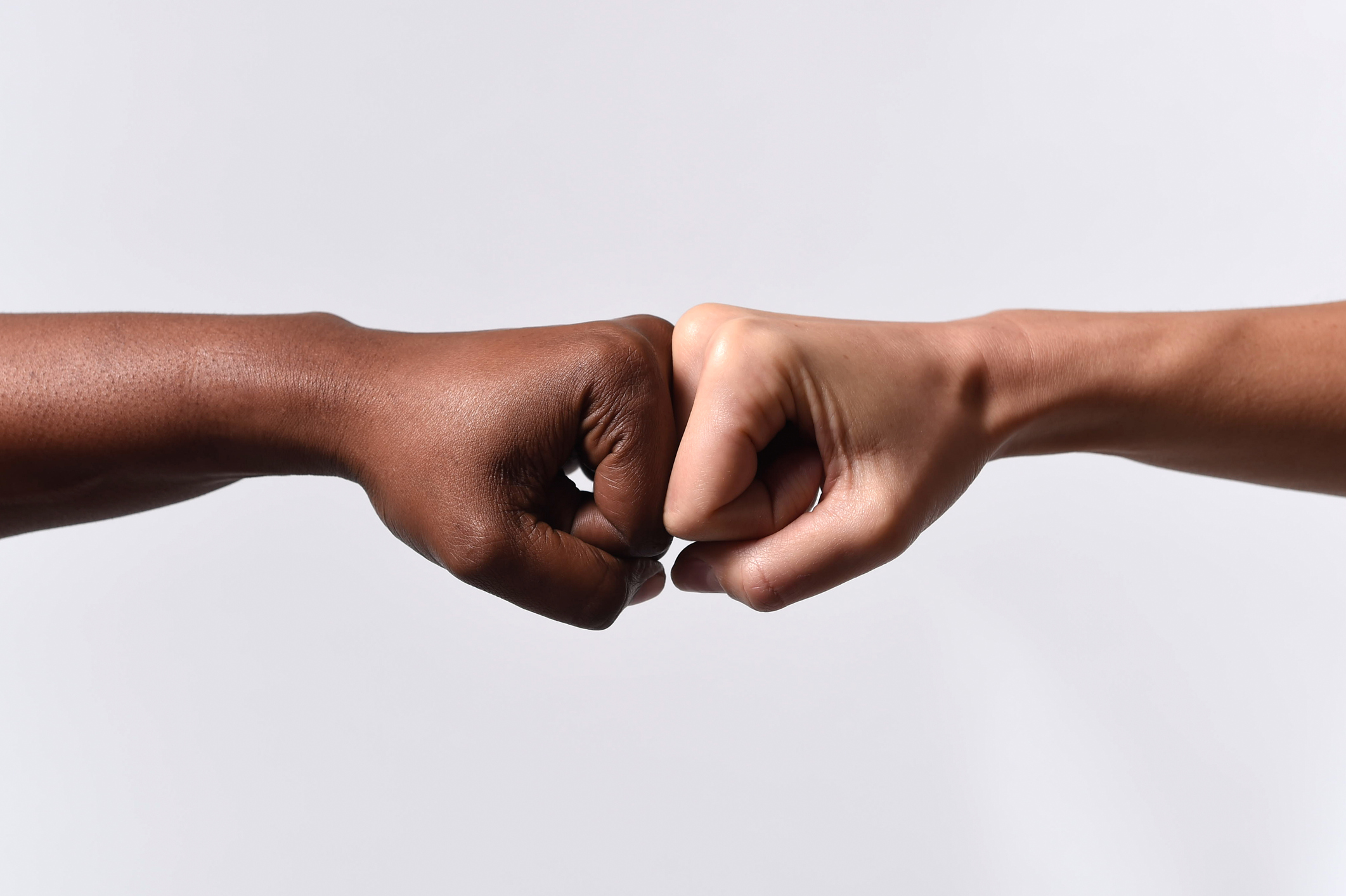Beyond Blissful Ignorance: Getting People to Speak Up When They Benefit from Bias

By: Emily Zitek, Laura Giurge, Isaac Smith
When we think about bias, the first things that come to mind are generally the negative outcomes. Victims of bias can be treated poorly for the simplest of reasons: perhaps they don’t have the right look, the right friends, or the right pedigree. Take as an example a young employee who misses out on a deserved promotion (“deserved” being the operative word here), simply because the boss has a well-known bias against younger workers.
Although many people suffer from bias, there are often others who benefit from what we call positive bias. In the previous example, while the young employee was a victim of bias, the older employee who received the promotion instead benefited from their boss’s ageism. But when do beneficiaries of positive bias recognize and even seek to counteract it? Do they willfully embrace any unfair advantages they receive, or are they simply unaware of them? Our research attempted to answer these questions by exploring the role of a salient victim. Specifically, in our recent paper, published in the Journal of Experimental Social Psychology, we examined how drawing attention to a victim of bias can help a beneficiary of bias recognize the problem and take action to correct it.
Increasing the Victim’s Salience
According to the Theory of Dyadic Morality, people are more likely to judge an action as immoral when it violates a norm, evokes negative affect, and, most importantly, causes harm. We therefore argue that a salient victim will increase the likelihood that people will recognize when they unfairly benefit from positive bias for three reasons. First, acknowledging a victim leads the beneficiary to recognize that there was a norm violation, where outcomes were not allocated in the typical, socially acceptable way. Second, thinking about a victim can lead to negative emotions, like guilt about being in a better (and undeserved) position. Third, a victim makes the beneficiary realize that their good outcome produced harm, a realization they may otherwise miss due to their own self-focus. And once people realize that they have benefited from bias, they might then feel compelled to speak up about it or otherwise take action to correct it. In the above example, would drawing the older employee’s attention to the younger employee who missed out on the promotion (the salient victim) make the older employee more likely to turn down the promotion?
Our Studies
We ran a series of studies across multiple platforms to test our hypotheses that a salient victim would lead beneficiaries of bias to recognize it and take corrective action. In our first study, we asked White participants to think about whether they had benefited due to their race when driving, shopping, or traveling. Specifically, we presented some participants with anecdotes of likely victims of racial profiling in these contexts, which caused these participants to be more likely to say that they had benefited due to their race. Thus, it seems like the salient victim did indeed help people realize that they were a beneficiary of bias. This study might demonstrate one reason why the #BlackLivesMatter social movement has been successful: presenting the perspective of the victim may lead beneficiaries of bias to realize that they are indeed beneficiaries.
In our next three studies, we wanted to see how a salient victim would lead people to take corrective action after positive bias in interpersonal interactions. We used three separate sample sources and set up interpersonal interactions where the participant was given more than their fair share of a desirable reward by another “participant” due to some sort of similarity between them. The other “participant” was made to look like they were a decision maker paired with the real participant, but their responses were in fact pre-programmed by us. For example, in one interaction, the decision maker boosted the score of the real participant on a word game because they had similar answers in a get-to-know-you task. This higher score then led the participant to receive more lottery tickets (which would give them a chance to earn extra money). In another study, the decision maker gave the participant a larger bonus because they were around the same age.
Participants were usually happy to accept their large rewards even though the decision maker revealed their biased reasoning. In fact, participants often thanked the other person for helping them out. However, when we reminded participants that a third “participant” had lost out due to their gain (e.g., someone else would lose lottery tickets because the participant received extra), they were more likely to reject the beneficial offer from the other person. For example, after getting a score boost on the word game, one participant said, “I appreciate the help, but I would prefer to be scored based on performance rather than similarity in personality.”
In our next three studies, which we conducted through CloudResearch (two on Connect and one on the MTurk Toolkit), participants considered hypothetical situations in which they benefited from nepotism in a work context. The goal of these studies was to learn when and why a salient victim leads beneficiaries of bias to recognize it and take action to correct it. In one of these studies, we learned that a salient victim does not have to be a specific person. When people were told that they were in a “zero-sum” situation (meaning that there were limited number of people who could earn a bonus), this had a similar effect as the victim anecdote. In another study, we learned that a victim who was not harmed by the outcome of the bias does not lead beneficiaries to recognize or correct the bias to the same degree.
Importantly, the samples from CloudResearch all had excellent data quality, with the vast majority of participants passing all attention checks. We were also able to collect the data very quickly, which greatly facilitated the timely analysis and publication of our findings.
Main Takeaways
Across our studies, our salient victim effect occurred when participants considered positive outcomes from their own lives, when they were in interpersonal interactions, and when they imagined a situation at work. Beneficiaries of bias were responsive to the salient victim across a variety of reasons for the bias (i.e., participants were White, they were similar to the decision maker, or they were related to the decision maker) and regardless of whether a specific victim was mentioned or not. In short, it seemed like the salient victim had a powerful effect. In real life, too, there seem to be some examples of when people will take action to correct bias after they reflect on the victims.
Although the victim did have a significant effect on the beneficiaries, there were still many participants in our studies who were unwilling to give up their benefits (like their lottery tickets or their bonus) even when confronted with a salient victim. Future research should explore why this is the case and whether there is a specific way that the salient victim can be presented to lead to larger effects. In general, it would be interesting to explore how the salient victim can be used in real world contexts.
Much past research has focused on how various disadvantages create inequity, but advantages (like those given through positive bias) can also create inequity. We shouldn’t expect people to complain about inequity only when they suffer from bias. This puts too much pressure on the victims. To make society fairer, we need the advantaged people to speak up, too. Our research shows how drawing someone’s attention to a salient victim can help people recognize the bias they benefit from and take action to correct it.

